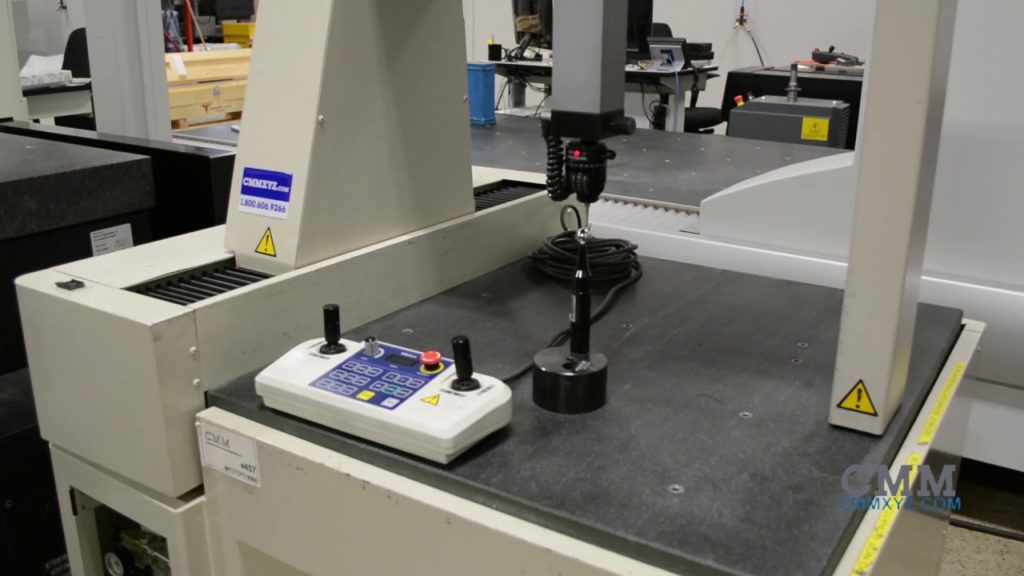The data is in, and it is official: the compact SUV is the king of the domestic automotive market. While car sales in Canada continue to fall, overall automobile sales rose in 2017, fuelled by rising SUV and light-duty truck sales, and analysis of the most popular SUVs in the country shows that drivers have overwhelmingly come to favour the compact SUV over its larger siblings. And within compact SUV sales, perhaps no model is rising as quickly as the subcompact.
Subcompact SUVs are distinguished from their peers by their small frame (the subcompact category includes any SUV less than 165.5 inches long) and fuel efficient engines, and in many ways provide a natural bridge for sedan-drivers who want to enter the SUV market but don’t want to take on the added fuel costs that often comes with upgrading to an SUV. Subcompacts tend to be more sporty and powerful than sedans, and their streamlined profiles and can-do energy have drawn rave reviews from the automotive press and from consumers alike.
The history of the subcompact SUV is an interesting one, and speaks to the wide range of pressures drive automobile design. The first subcompacts were billed as Mini SUVs, and saw much greater popularity outside of North America. In fact, Ford’s new subcompact, the EcoSport, has been in production since 2000 — just not in North America. Instead, the EcoSport was a favourite in Latin America and Europe, where its small size and fuel economy made it more appealing to urban drivers. But with the success of rival subcompact SUVs like the Nissan Juke and Mazda CX-3 in the early 2010s, Ford made the decision in 2017 to start marketing the EcoSport in North America, making it only the most recent automaker to try to cash in on the lucrative subcompact market in Canada and the United States.
Ultimately, this trend is driven by a generation of consumers who grew up with SUVs and who appreciate the versatility and durability they bring to the road, but who want a family-car-sized-vehicle. Instead of going back to sedans, however, they are turning in large numbers to smaller-sized SUVs. These facts are borne out on popular car-shopping websites like KijijiAutos.ca where subcompact crossover SUVs are some of the most sought-after options due to their ability to combine economy, power, size, functionality, and enjoyable driving.
It has long been observed that automotive fashions and trends often correspond directly with fuel prices: the rising cost of oil in the 1970s led to a revolution in small car design, the low fuel costs of the 1990s gave us the SUV, and the shortages of the mid-2000s spurred new innovations in SUV design. The fact that in this time of stubbornly high fuel prices more and more Canadian shoppers are turning to efficient options like the compact SUV, therefore, is no surprise.
Whether or not these trends will continue should prices drop again — or electric cars live up to their promise and come to dominate the market — is anyone’s guess. In the meantime, the surest bet an automotive brand can make in 2018 is on a well-designed subcompact crossover that can carve out a slice of this lucrative market.










